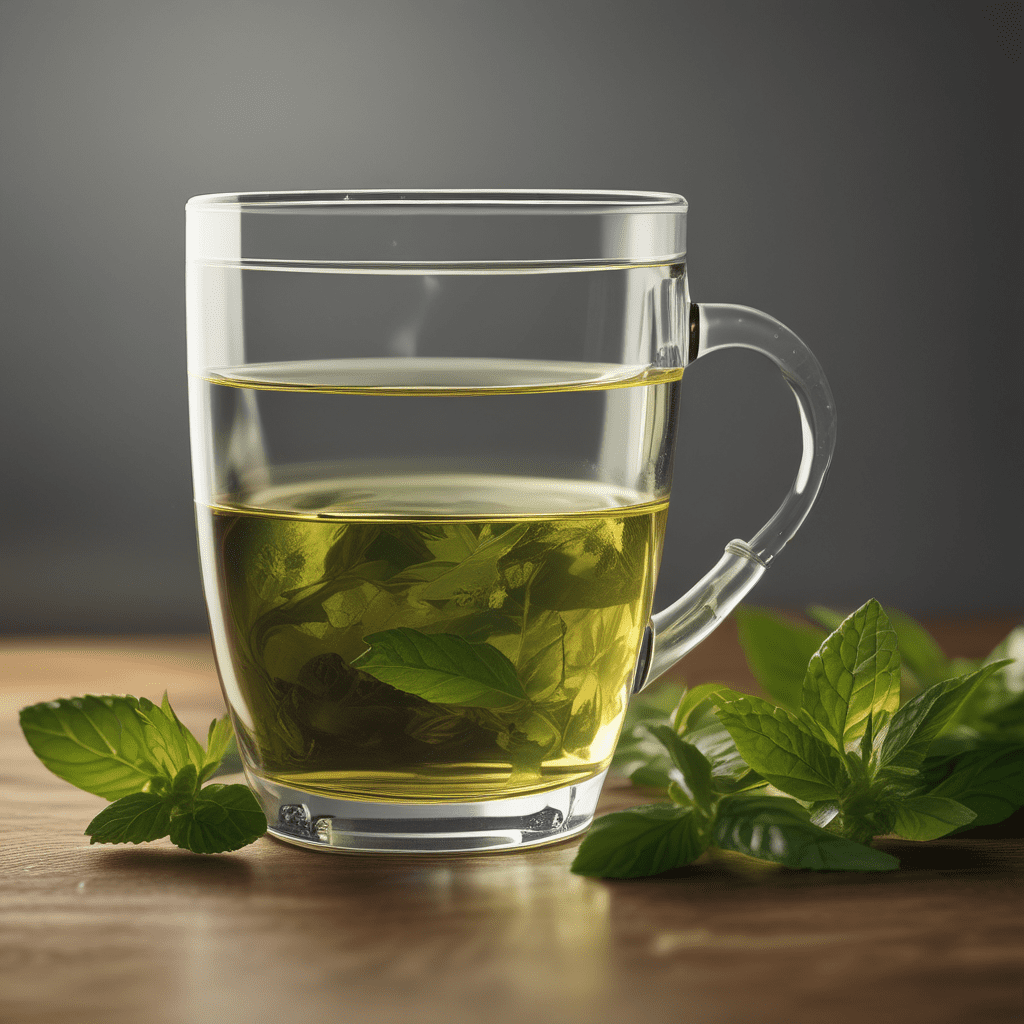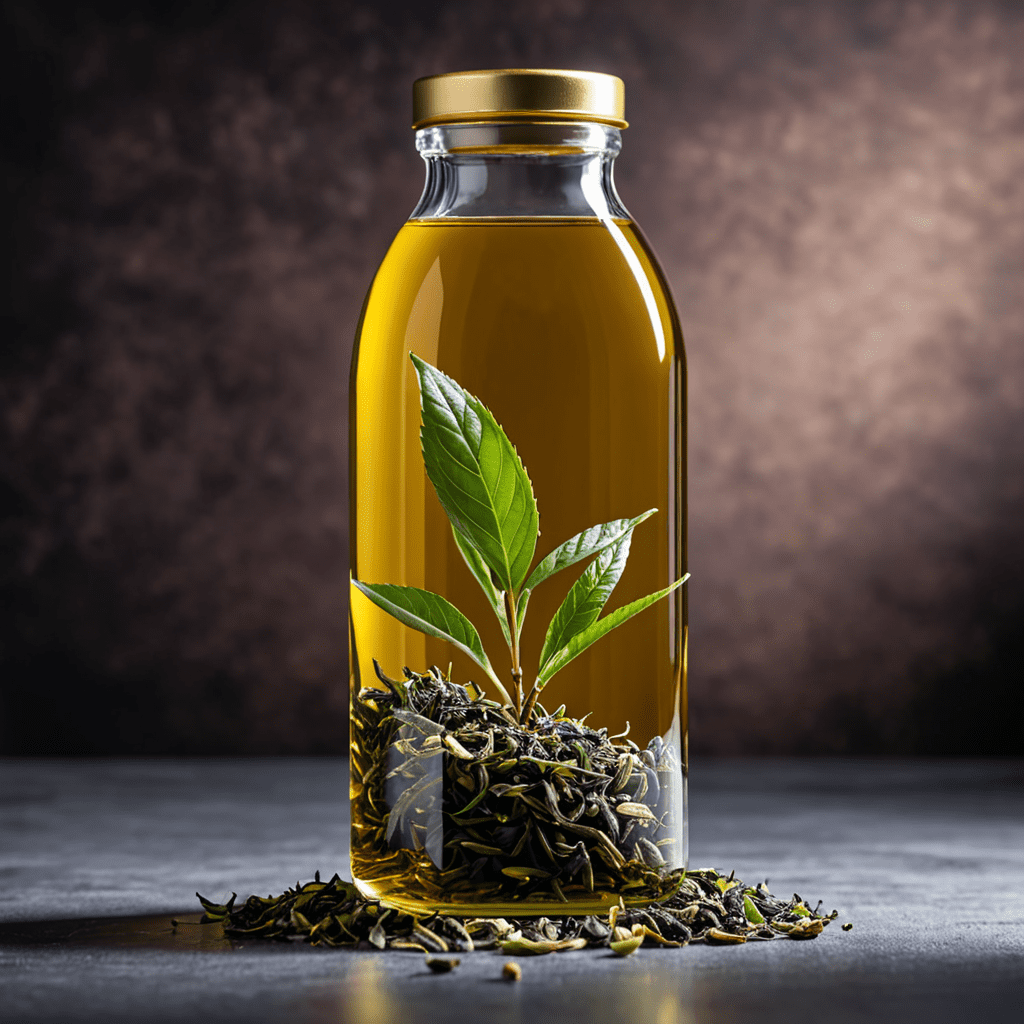The Art of Ceylon Tea Pairing
Ceylon tea, renowned for its exquisite flavor and aroma, offers a world of possibilities when it comes to culinary pairings. By understanding the unique characteristics of each tea variety and exploring its compatibility with various flavors, you can elevate your tea experience and create unforgettable moments.
Understanding the Flavor Profiles
The diverse regions of Sri Lanka where Ceylon tea is cultivated produce teas with distinct flavor profiles. From the bold and malty teas of the highlands to the delicate and floral teas of the low country, each region offers a unique taste experience. Understanding these flavor profiles is crucial for successful tea pairing, as it allows you to match teas with foods that will complement their inherent characteristics.
Complementary Pairings: Balancing Flavors
Complementary pairings seek to balance the flavors of tea and food. For example, the malty richness of a highland Ceylon tea pairs harmoniously with the sweetness of honey or fruit. By combining teas with complementary flavors, you create a harmonious taste experience where each element enhances the other without overpowering it.
Contrasting Pairings: Exploring Harmonious Contrasts
Contrasting pairings involve pairing teas with flavors that create an intriguing contrast. For instance, the delicate floral notes of a low country Ceylon tea can be beautifully juxtaposed with the spicy pungency of ginger or the tangy zest of citrus fruits. These contrasting flavors engage different taste buds and create a complex and dynamic sensory experience.
Tea and Sweet Delicacies: Perfect Harmony
Sweet delicacies offer a delightful complement to Ceylon teas. The subtle sweetness of pastries, cakes, and cookies enhances the tea's flavor without overpowering its inherent characteristics. For example, a delicate floral tea pairs perfectly with the light sweetness of a macaron, while a bold highland tea can stand up to the richness of a chocolate truffle.
Tea and Savory Bites: Enhancing Umami
Savory bites can provide an unexpected yet intriguing pairing for Ceylon teas. The umami-rich flavors of cured meats, cheeses, and crackers harmonize beautifully with the tea's tannins. For instance, a strong black tea complements the salty tang of aged cheddar, while a green tea brings out the earthy notes of a mushroom pâté.
Pairing Tea with Regional Cuisine
Ceylon teas can complement dishes from various cuisines around the world. For example, the malty richness of a highland tea pairs well with the bold flavors of Indian curries, while the delicate floral notes of a low country tea harmonize with the subtle nuances of Japanese cuisine. Exploring these regional pairings offers a delightful journey through diverse culinary traditions.
The Role of Acidity and Tannins
Acidity and tannins play a crucial role in determining the flavor profile of Ceylon teas. Acidity contributes to the tea's brightness and liveliness, while tannins provide astringency and depth. Understanding the balance between these elements is essential for successful pairings. For instance, teas with high acidity complement fatty or oily foods, while teas with higher tannins pair well with dishes containing protein or spice.
Brewing Techniques: Optimizing Flavor
The brewing method can significantly impact the flavor of Ceylon tea. Using the correct water temperature and steeping time is crucial for extracting the tea's optimal flavor. For black teas, boiling water is recommended, while green and white teas require lower temperatures to preserve their delicate flavors. Experimenting with different brewing techniques allows you to customize the tea's strength and flavor profile to suit your preferences.
Seasonal Inspirations for Tea Pairings
Seasonal ingredients offer endless possibilities for inspiring tea pairings. During the summer, refreshing iced teas pair beautifully with fruit salads and light desserts. In the fall, warm teas harmonize with the earthy flavors of roasted vegetables and hearty soups. Winter calls for comforting teas that complement the sweetness of baked goods and the spice of mulled wines. Spring brings a resurgence of fresh flavors, offering delightful pairings with floral teas and vibrant herbal infusions.
FAQs
What is the best way to store Ceylon tea?
Ceylon tea should be stored in an airtight container in a cool, dark place to preserve its freshness and flavor.
How long should I steep Ceylon tea?
The ideal steeping time for Ceylon tea varies depending on the type of tea and your desired strength. Generally, black teas require 3-5 minutes, green teas 2-3 minutes, and white teas 1-2 minutes.
Can I reuse Ceylon tea leaves?
Ceylon tea leaves can be reused for multiple infusions, but the flavor will gradually diminish. It is recommended to experiment with different steeping times to achieve the desired flavor intensity.
How do I dispose of Ceylon tea leaves?
Ceylon tea leaves can be composted or disposed of in the trash. Avoid pouring them down the drain, as they can clog pipes.



